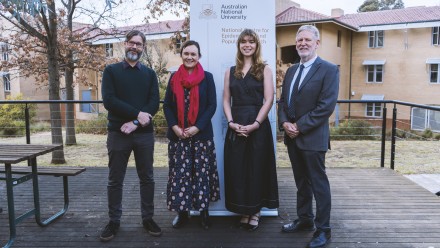Paying for Primary Health Care
There has long been interest in understanding different payment mechanisms for health care providers, what the impact is and how to use different approaches to payment to improve health system performance. The main mechanisms for paying primary care providers can be described as fee-for-service (FFS), capitation or salary. These are in use in different countries, or within countries in different parts of the system. The effects of each of these approaches are well recognised. Fee-for-service encourages a greater volume of services, though can expose the funder to an open-ended financial commitment. Capitation requires patient registration and provides incentives for minimising effort (volume) and selecting easier to manage patients (cream skimming). While this makes the financial exposure of the funder more certain, it may lead to more shifting of care onto other providers. Salaried providers also face incentives to minimise effort and may feel less responsible for the results though the funders’ initial outlays are more predictable. Where primary care providers play a gatekeeping role, the consequent costs also include referral to specialists. None of these approaches work in a simple and straightforward way. Financial incentives are one example of an extrinsic motivator. It is important to note the potential importance of other factors such as peer recognition, organisational culture, availability of information and ready access to scientific evidence as well as the intrinsic motivation to do a good job and care well for one’s patients. Each approach has undesirable consequences, and none explicitly reward better quality care.
Australia has a strong primary care system. Medicare provides government rebates against the cost of medical services, which includes benefits covering some primary care services such as general practitioner (GP) attendances and some dental, optometry, psychology and other allied health services. General Practitioners (GPs) operate on a primarily fee-for-service basis with Medicare rebates provided for services as set out in the Medicare Benefits Schedule (MBS). The MBS emphasises the personal encounter between the GP and the patient. However, Australia was one of the first countries to introduce a type of pay for performance scheme with the Practice Incentives Program (PIP, introduced as the Better Practice Program in 1996), the Service Incentive Program (SIP introduced in 2001), and incentives for bulk billing (2005). While the bulk billing incentive does not address specific services or outcomes, it was designed to promote access for children under age 16 years and concession card holders. There have also been various strategies aimed at improving after hours care.
This provides an opportunity to learn from the Australian experience of alternative payment models. This research has addressed the following questions,
- To what extent is Australian General Practice fee-for-service and what can be learnt from previous attempts to reform the payment system?
- How are non FFS payments used in Australian primary care?
- What was the impact of the bulk billing incentives?
- What was the impact of SIPs?
- Do financial incentives encourage GP labour supply, including after hours care?
Partnerships
This research used data from the MABEL longitudinal survey of doctors conducted by the University of Melbourne and Monash University. Funding for MABEL comes from the National Health and Medical Research Council,
- Health Services Research Grant: 2008-2011
- Centre for Research Excellence in Medical Workforce Dynamics: 2012-2016
- the Department of Health (in 2008)
- Health Workforce Australia (in 2013)
The research on which this report is based was conducted as part of the Australian Longitudinal Study on Women's Health, the University of Newcastle and the University of Queensland. We are grateful to the Australian Government Department of Health for funding and to the women who provided the survey data. We acknowledge the Department of Health and Medicare Australia for providing the PBS and MBS data. We also acknowledge the Australian Institute of Health and Welfare (AIHW) as the integrating authority for these data.
This research was completed using data collected through the 45 and Up Study, managed by the Sax Institute in collaboration with,
- Cancer Council NSW
- the National Heart Foundation of Australia (NSW Division)
- NSW Ministry of Health
- NSW Government Family & Community Services – Carers, Ageing and Disability Inclusion
- the Australian Red Cross Blood Service







